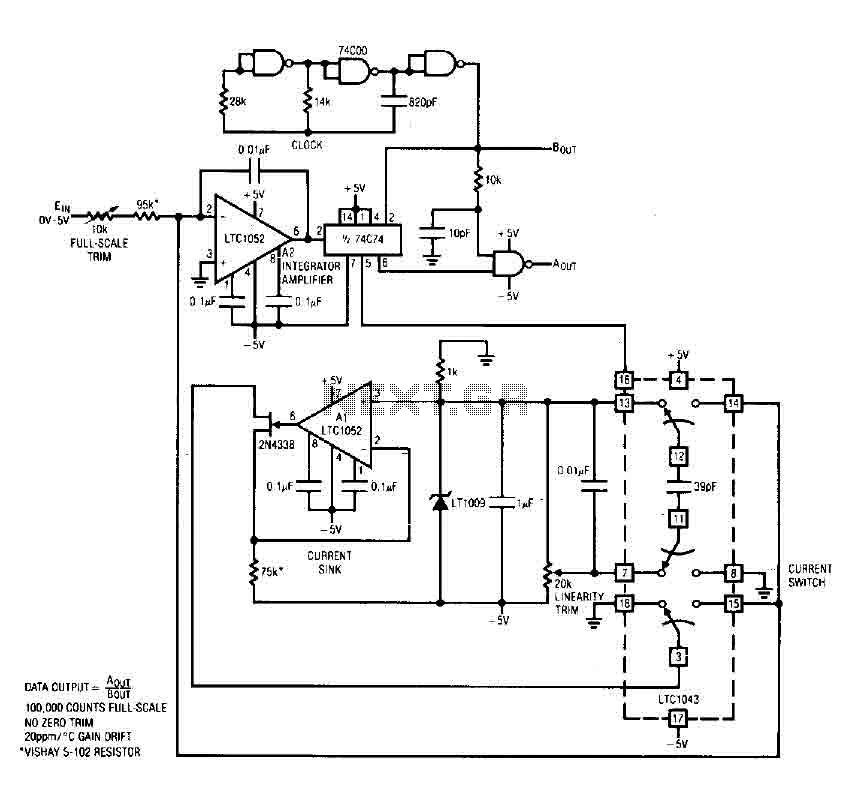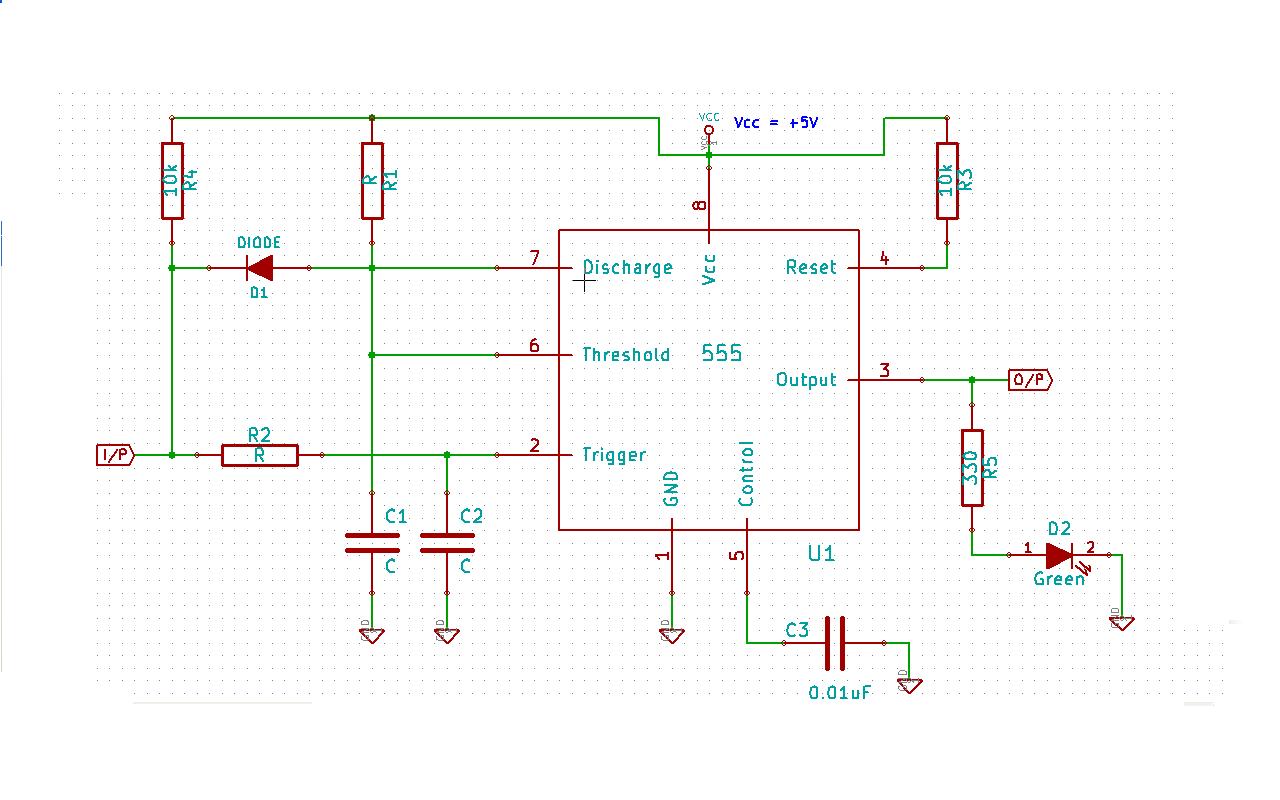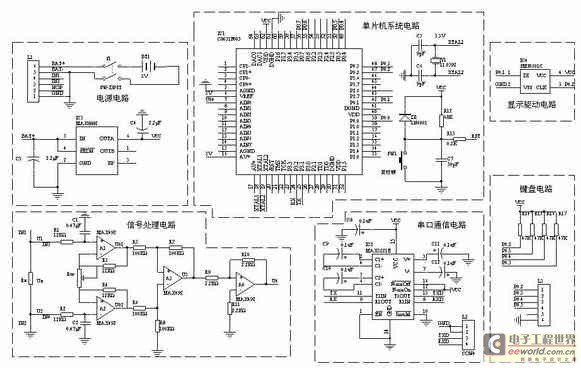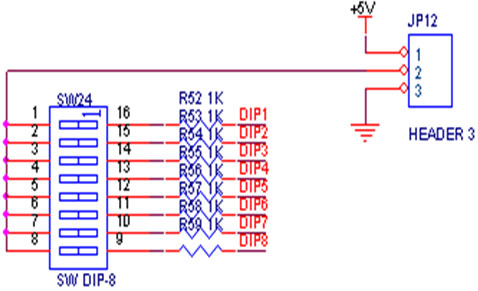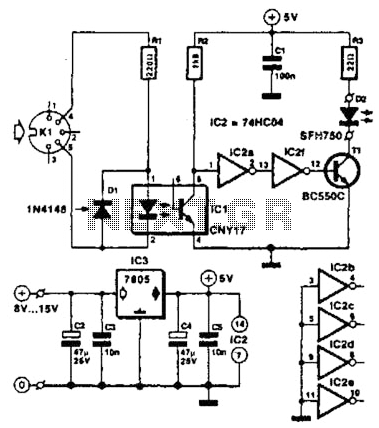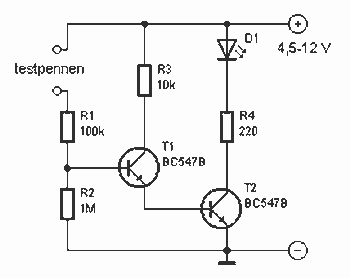
Digital IC Tester for 74 series
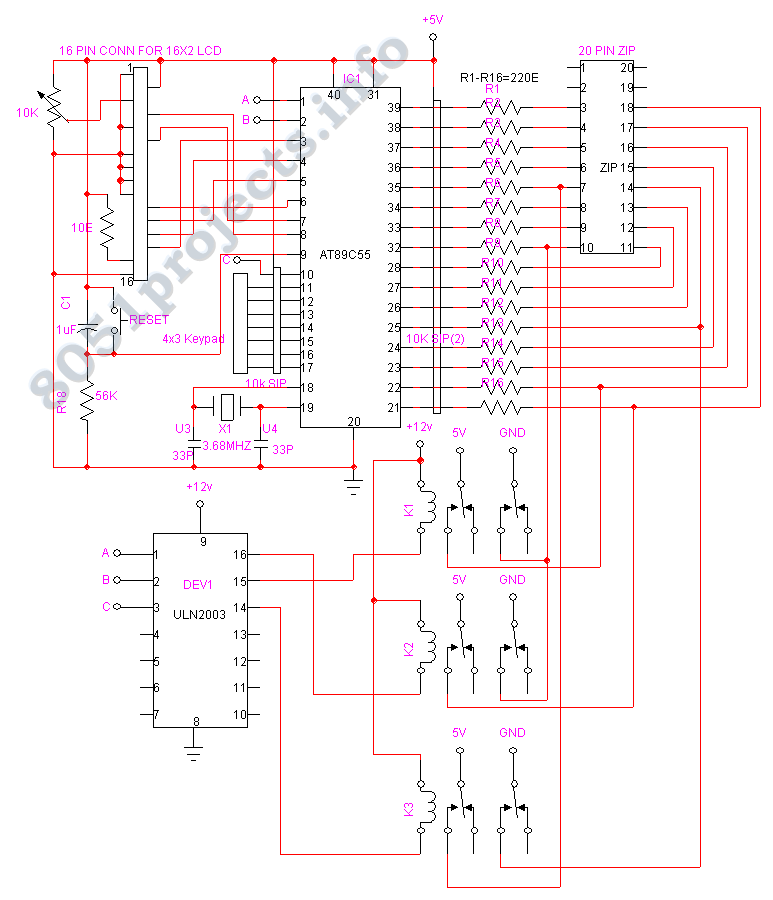
The chip tester verifies the functionality and timing of a variety of 7400 series integrated circuits. Students taking Digital Logic Design Lab use these chips often in their laboratory. The IC to be tested should be placed on the ZIF socket, and the Microcontroller prompts the user to enter the IC number of the chip to be tested. After entering it, the microcontroller will check the IC as per the truth table of the IC which is stored in its ROM. It will check each and every pin of the IC and produce the output detail, like "Gate 1 is good," "Gate is Bad," "Counter 1 is Good," etc.
The circuit design of the chip tester comprises several key components, including a Zero Insertion Force (ZIF) socket for secure and easy insertion of the ICs, a microcontroller for processing and controlling the testing sequence, and a digital display for outputting the results. The ZIF socket allows for the easy placement and removal of ICs without the risk of damaging the pins, which is crucial in a laboratory setting where multiple tests may be performed.
The microcontroller serves as the central processing unit of the tester, equipped with a program that includes the truth tables for various 7400 series ICs stored in its Read-Only Memory (ROM). Upon inserting an IC into the ZIF socket, the user is prompted to input the specific IC number through a keypad or similar input device. The microcontroller then accesses the corresponding truth table for that IC and begins the testing process.
During testing, the microcontroller systematically checks each pin of the IC against the expected logic states defined in the truth table. This involves sending test signals to the IC and monitoring the responses on each pin. The microcontroller evaluates the output and determines the operational status of each gate or function within the IC.
The results are then displayed on a digital output screen, providing clear feedback on the condition of the IC. The output may include detailed messages such as "Gate 1 is good," indicating proper functionality, or "Gate is Bad," suggesting a failure in that specific component. This detailed output assists students and engineers in diagnosing issues with ICs, facilitating a better understanding of digital logic design and integrated circuit behavior.
In summary, the chip tester is an essential tool in educational and practical applications, enabling users to verify the integrity and functionality of 7400 series integrated circuits efficiently.The chip tester verifies the functionality and timing of a variety of 7400 series integrated circuits. Students taking Digital Logic Design Lab, Use these chips often in their laboratory. The IC to be tested should be placed on the ZIF socket and the Microcontroller prompts the user to enter the IC number of the chip to be tested.
After entering it the microcontroller will check the IC as per the truth table of the IC which is stored in its ROM. It will check each aand every pin of the IC and produce the Output detaily. Like "Gate 1 is good", "Gate is Bad", "Counter 1 is Good" etc 🔗 External reference
The circuit design of the chip tester comprises several key components, including a Zero Insertion Force (ZIF) socket for secure and easy insertion of the ICs, a microcontroller for processing and controlling the testing sequence, and a digital display for outputting the results. The ZIF socket allows for the easy placement and removal of ICs without the risk of damaging the pins, which is crucial in a laboratory setting where multiple tests may be performed.
The microcontroller serves as the central processing unit of the tester, equipped with a program that includes the truth tables for various 7400 series ICs stored in its Read-Only Memory (ROM). Upon inserting an IC into the ZIF socket, the user is prompted to input the specific IC number through a keypad or similar input device. The microcontroller then accesses the corresponding truth table for that IC and begins the testing process.
During testing, the microcontroller systematically checks each pin of the IC against the expected logic states defined in the truth table. This involves sending test signals to the IC and monitoring the responses on each pin. The microcontroller evaluates the output and determines the operational status of each gate or function within the IC.
The results are then displayed on a digital output screen, providing clear feedback on the condition of the IC. The output may include detailed messages such as "Gate 1 is good," indicating proper functionality, or "Gate is Bad," suggesting a failure in that specific component. This detailed output assists students and engineers in diagnosing issues with ICs, facilitating a better understanding of digital logic design and integrated circuit behavior.
In summary, the chip tester is an essential tool in educational and practical applications, enabling users to verify the integrity and functionality of 7400 series integrated circuits efficiently.The chip tester verifies the functionality and timing of a variety of 7400 series integrated circuits. Students taking Digital Logic Design Lab, Use these chips often in their laboratory. The IC to be tested should be placed on the ZIF socket and the Microcontroller prompts the user to enter the IC number of the chip to be tested.
After entering it the microcontroller will check the IC as per the truth table of the IC which is stored in its ROM. It will check each aand every pin of the IC and produce the Output detaily. Like "Gate 1 is good", "Gate is Bad", "Counter 1 is Good" etc 🔗 External reference
